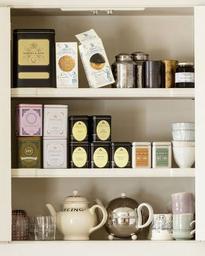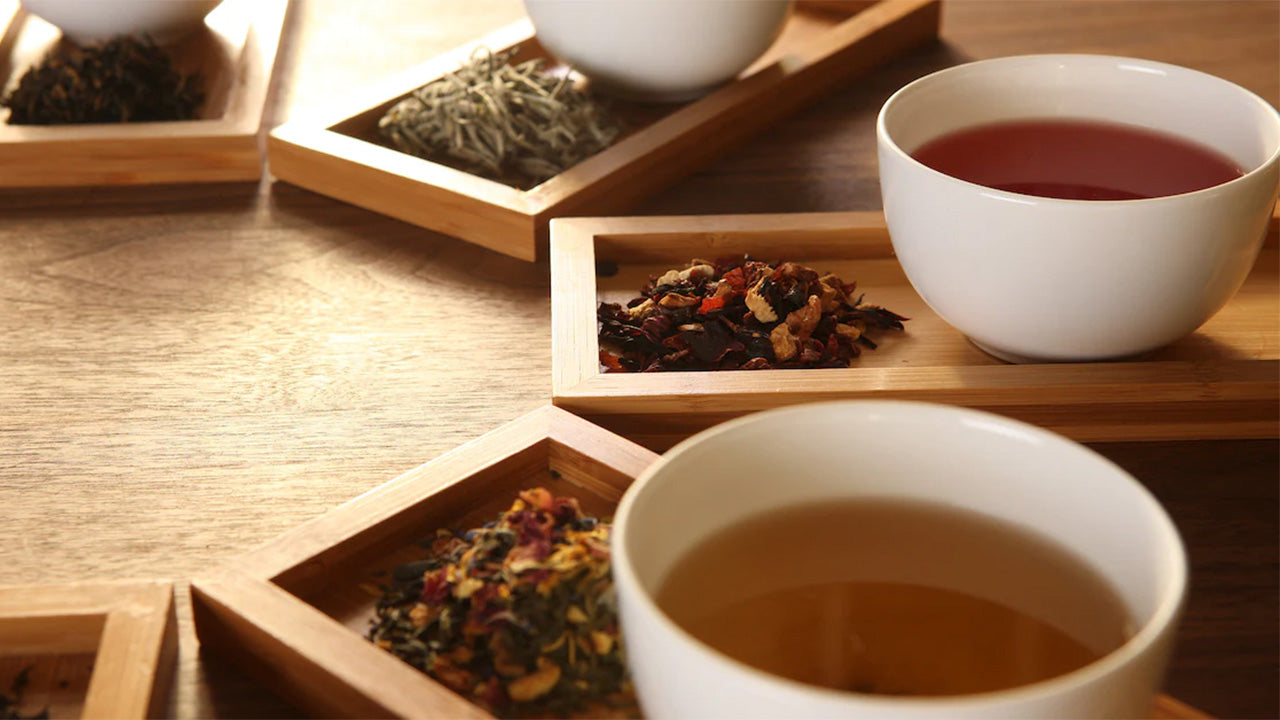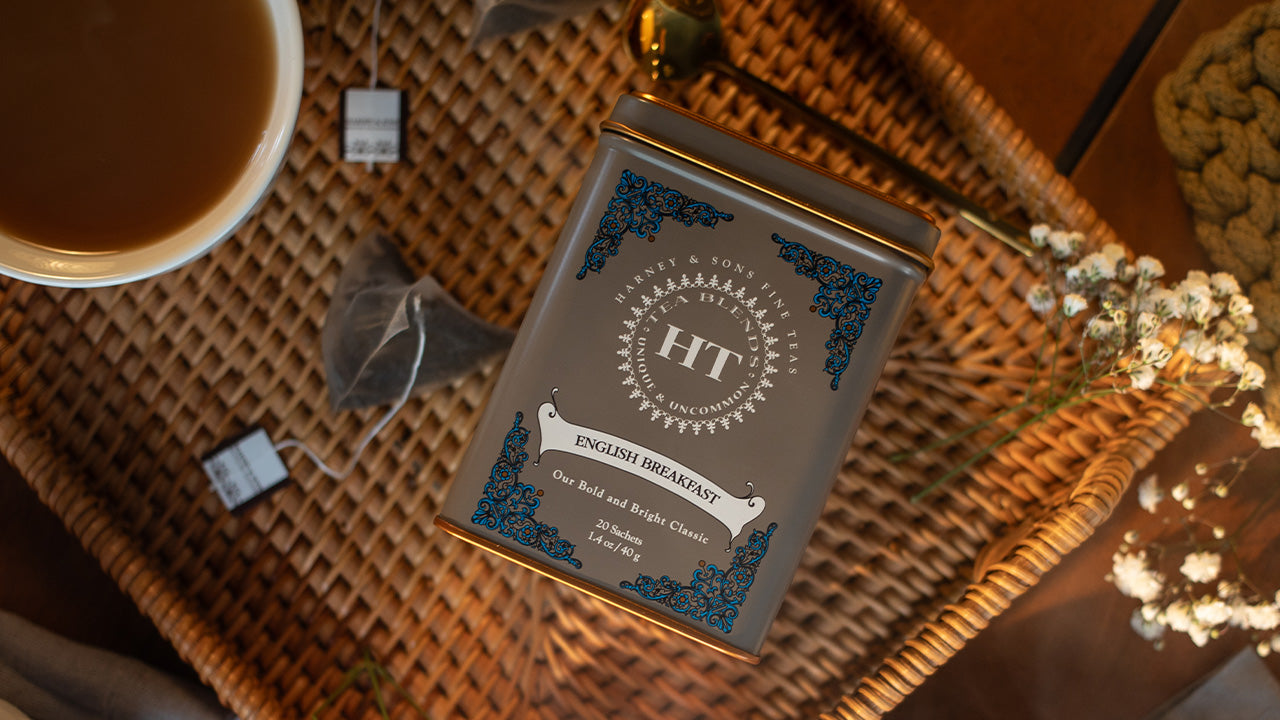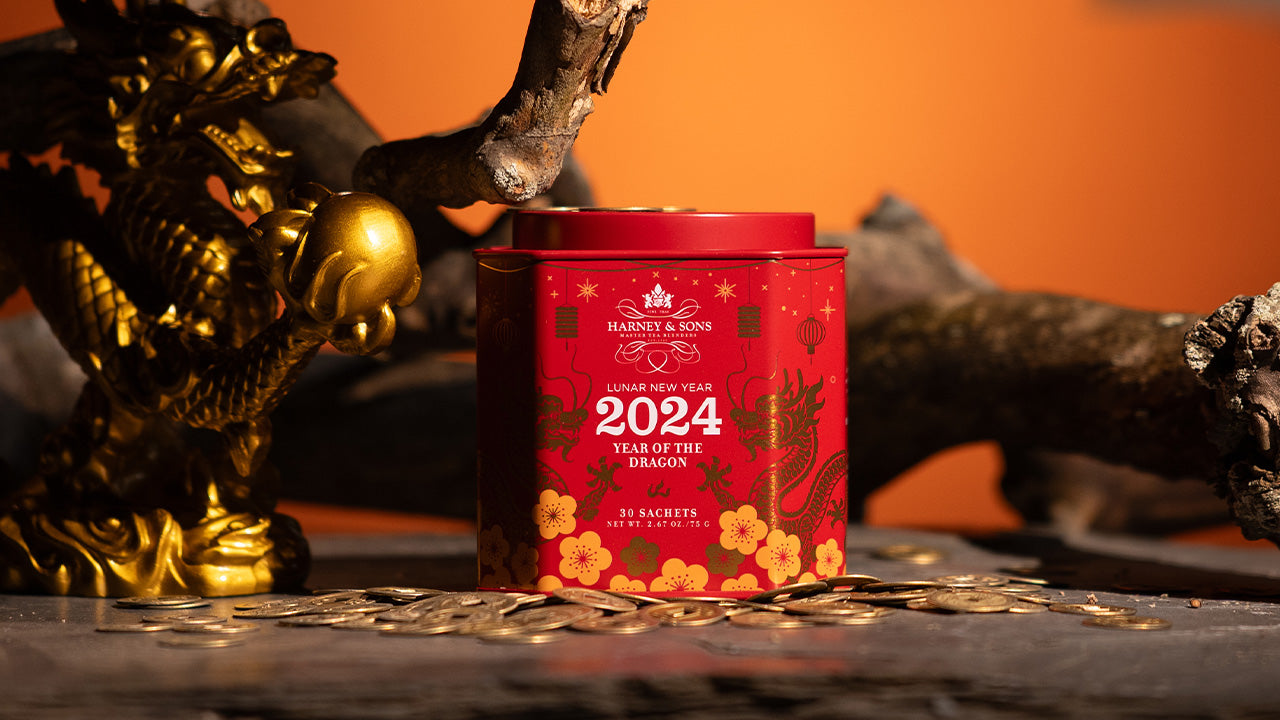Lots of people belong to a book club. Whether you get your books from recommendations by Oprah, Reese, your co-worker, or your dog groomer, it’s fun to have a shared experience over a book read by the same group of people. Did they get similar things out of it like you and others? Did they love the book like you did or absolutely hate it (and you just can’t understand why!)? If you enjoy being part of a book club – or any similar club – why not start a tea club?
Tea clubs are a great way to introduce your favorite teas to others and to, in turn, be introduced to teas you’ve never tried. We’ve put together some tips for starting a tea club to help make it easy for you to begin brewing up good times. Hopefully, you and some friends will be sipping and slurping your way to discovering some great teas to add to your pantry. Don’t forget to invite that “I only drink coffee” friend to come see what they’re missing out on!

First, Make a Plan
How is your tea club going to be structured? One thing you don’t want to do is make the tea in advance and let it get cold while everyone does the obligatory chit-chat. So set an arrival time, and then start the tasting after everyone shows up and has settled in.
In addition to tea, everyone loves snacks! We suggest having typical tea-time snacks like finger sandwiches, tea cookies, or scones and cream. If you want to tailor the foods toward the flavor profile of the tea being served that evening, even better. Maybe a little sushi and Japanese Sencha? Mini sausages and English Breakfast? Why not!
To help structure the tasting, we suggest having small individual notebooks where everyone can keep their notes on the tea or teas tasted at each gathering. A great guide for this is what we call Mike’s Ratings on harney.com. My dad, Mike Harney, rates each tea in the following categories on a 0-5 scale, with 0 being the lowest and 5 the highest:
- Briskness. Briskness refers to a tea’s ability to make your mouth pucker, also known as astringency. Some astringency makes tea brisk and desirable (like white wine). Too much briskness can be a problem but may be controlled by reducing the brewing time.
- Body. This pertains to whether or not a tea feels thick in the mouth, such as an Assam, or light, such as a white tea. Sometimes, this body comes from dissolved solids from the leaves, like the Assam, and sometimes it is from all the amino acids, like Ichiban Sencha.
- Aroma. Aroma, of course, refers to whether or not the tea has a pleasant smell, often the most prized part of tea. That makes sense since humans can smell much better than we can taste. Sometimes, the pleasant smell is teased out of the tea leaf by a skilled tea maker, sometimes, it is flavor blended by skilled tea blenders.
While it may take some time and several tastings to get a feel for briskness, body, and aroma, you can certainly make note of whether you enjoyed the tea and why or why not. Have everyone jot down their thoughts and then take time to share them with each other. We’ve made it super easy for your tea club to make notes with our Tea Club Journal – just download, print and voila! (We also made a downloadable Tea Club Run of Show to make the experience as smooth as a cuppa Earl Grey Supreme!)
To help you get the most out of your tea tasting, there’s a method that professionals like us at Harney use to get the full range of flavors and aroma. More on that later in the last of our upcoming “Three Ts of Tea Tasting Tips!”
Tip 1: Tools
It will help if you have the proper tools to prepare your tea. They’re fairly basic, but necessary.
- Kettle. Did you know that heating your water on the stove makes better tea than heating water in the microwave? There’s science behind why, but the short of it is that water boiled on the stove heats through more evenly than in a microwave, which makes a better cup of tea.
- Thermometer. Different teas need different temps to bring out the best of their flavors. You can see what temp you should heat your water to for a particular tea on the side of our tins or on our website.
- Teapot. We recommend that you use a teapot and loose leaves whenever possible when preparing tea. First, loose leaves allow the water to absorb more of the tea flavor because there’s more tea surface, and they swim around more broadly. Second, it’s just more fun to pour tea from a teapot into everyone’s cups!
- Infuser. If you’re using loose-leaf tea, you’ll need an infuser or strainer. Most of the teapots we carry come with infusers, but if you have a teapot of your own and need an infuser, you can find one here. We don’t recommend using those small tea balls that many of us grew up using. They’re too cramped to allow the leaves to expand and the water to be properly infused with flavor.
- Clean water. The water you use makes a HUGE difference in the quality of your tea – it is said that water is the mother of tea. We recommend using cold, filtered water for the best tea experience.
Find tips for brewing the perfect pot of tea on our Tea 101 page.
You’ll want a set of teacups or mugs washed and ready, of course, along with spoons, creamer/milk/milk alternatives, and sweeteners. We recommend, however, that everyone try the tea without additives for tasting; if folks prefer adding something after they’ve had their initial tasting, let ‘em have at it!

Tip 2: Teas
Just like you make book selections ahead of time, it’s good to plan out which teas you’d like to try at each tea club gathering. You can, of course, let everyone select the teas they’d like to try each month and have it be totally random, but if you’d like some theme ideas, we have the following suggestions.
- Floral Teas for Spring. Yes, we know – Miranda Priestley would be appalled – but trying some floral teas during spring is a lovely reflection of the season we all welcome after a cold winter. Rose Scented black tea, French Super Blue Lavender, Dragon Pearl Jasmine, Mother’s Day, and Snow White are a few floral teas to consider picking.
- Fruit Teas for Summer. Fruit teas have a naturally lighter flavor, perfect for summer sipping. Choose from our herbal fruit teas, or try something unique like White Vanilla Grapefruit, Peaches & Ginger, Blueberry Green, Garden Party, or Berry Cobbler.
- Fall Flavors for Fall. Beyond the obvious fall mascot, Pumpkin Spice, other great fall teas that may leaf you speechless include Hot Apple Spice, Cranberry Autumn, Lapsang Souchong, Chai, Chocolate Chai Supreme, Chai Hara (note: have all three at one club meeting for a side-by-side Chai tasting), Organic Ginger Turmeric, or Black Cask Bourbon.

- Warming Flavors for Winter. For those cold winter tea club meetings, warm your fellow members up from the inside by trying blends like Gingerbread Festival, Williamsburg Ginger Cake, Holiday, Holiday Heritage, Cinnamon Apple Spice, Japanese Whisky, Father’s Day, Scottish Morn, Scottish Afternoon (try them both at the same tea club and see if you can spot the differences!), or hearty Irish Breakfast.
- Chinese Teas. Explore teas from the tea motherland, China! Sip superbly sourced teas from our selection of Chinese green teas, Chinese oolong teas, Chinese black teas, or Jasmine teas.
- Matcha Challenge! You either love it, or you hate it, or you just don’t know because you’ve never tried it. A tea club is the perfect place to give matcha a chance. Choose from our traditional matchas or start out with a flavored matcha like White Peach Matcha or Very Berry Matcha. To make it correctly – which is a fun thing to do with a group – you’ll need at least a whisk, but adding a set with a matcha bowl and bamboo scoop makes it even more authentic.
- Artful Teas. Enjoy an evening or two or three trying teas from our Met Collection and discussing the art represented on the beautiful tins.
- Teas Based on Books. While we could keep going and going with ideas – we do have over 300 varieties of tea – the last one we’ll include here are teas based on literary works. We have Little Women, Murder on the Orient Express, Death on the Nile, A Haunting in Venice, and A Midsummer Night’s Tea.
Okay, one last idea: simplify the choice by using the tea from our Monthly Tea Spotlight. Every month, we shine a light on one or two of our teas, so we’ve done the choosing for you!

Tip 3: Tasting
There is a proper way to taste tea that will add an element of fun to your tea club. Do not rule out giggling as well as possible filming and social media posting. That said, to get the most out of your tea-tasting experience, I am proud to personally demonstrate how to sip, inhale, swish, and slurp your way to the best practice to enjoying tea in our Proper Way to Taste Tea blog. You’ll get a lot of other great tips on how to taste tea in that article as well.
I hope you are inspired by these tips and ideas to start your own tea club! Need more inspo? How about this – the 250th anniversary of the Boston Tea Party is this year. While we certainly don’t want to encourage that type of tea-throwing-into-the-harbor activity, it could be just the “oh what the heck, let’s start a tea club” push you need to get started. Finally, if you already are in a tea club, let us know if there are other inspirations or experiences you have to share.





1 comment
Sharon
Can you write up a blog post on how to set up for what the English call a high tea also adding a few recipe to the post on what is served. Thank you.
Can you write up a blog post on how to set up for what the English call a high tea also adding a few recipe to the post on what is served. Thank you.